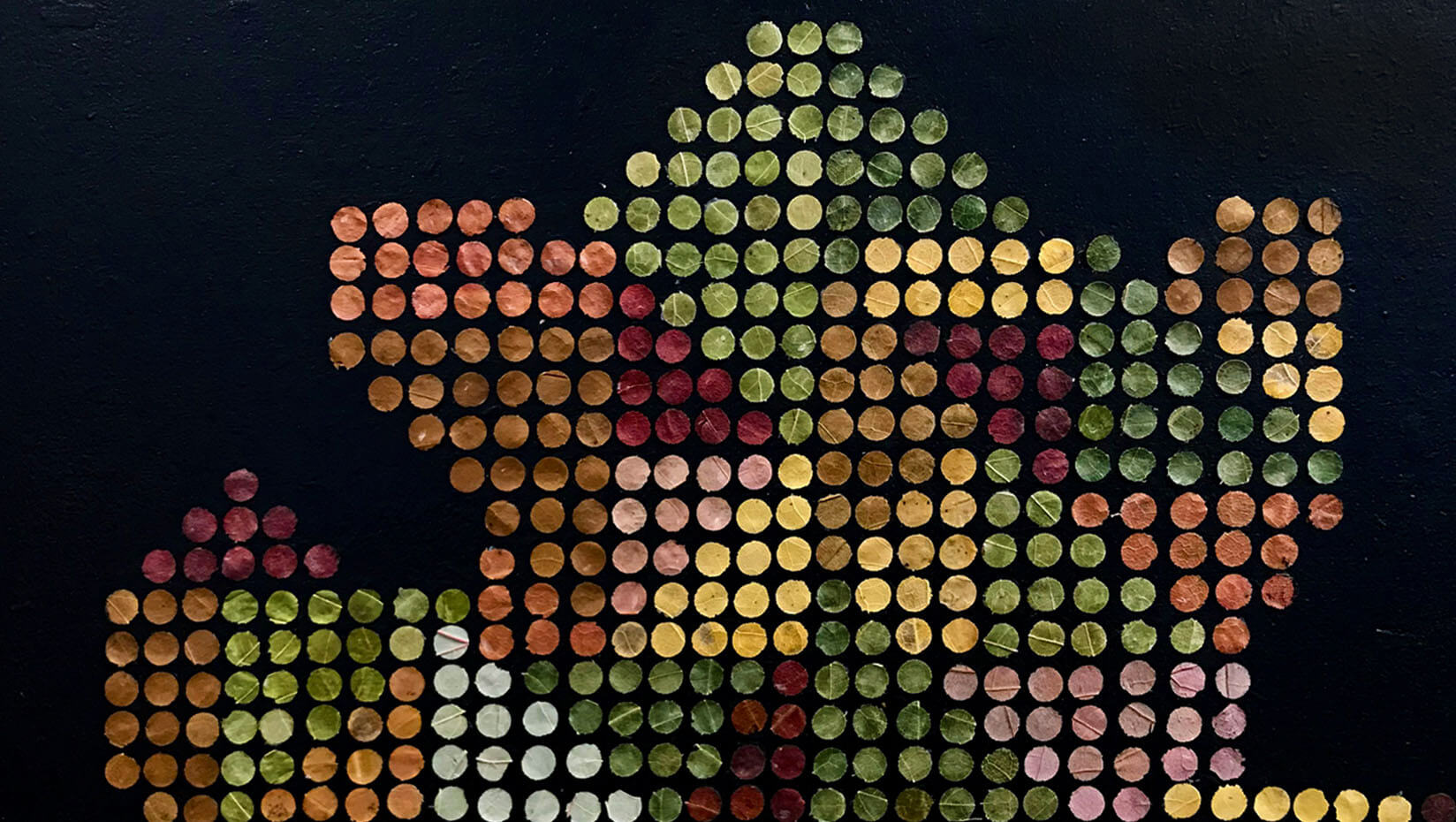
The way leaves reflect light reveals evolutionary history of seed plants, UMaine researcher finds
The way leaves reflect light can illuminate the evolutionary history of seed plants, according to an international team of scientists led by a University of Maine researcher.
Plant reflectance spectra, or the light profile leaves reflect across different wavelengths, capture the change and diversification of seed plants as a result of evolution, according to Dudu Meireles. The UMaine assistant professor of plant evolution and systematics and colleagues from the United States, Canada, Switzerland and England explored how spectra have evolved and diversified over the last 350 million years of plant evolution.
Researchers found that by measuring the light spectrum reflected by a leaf, they can identify the plant, learn about its chemistry and evolution, and pinpoint its place in the tree of life, Meireles says. Spectra also can be used to “provide breakthrough assessments of leaf evolution and plant phylogenetic diversity at global scales,” the group wrote in its report for the study. Meireles says he hopes to eventually perform these measurements remotely using unmanned aerial vehicles, airplanes, or satellites.
“We know little about how plant traits and chemistry evolved because collecting the data is difficult and slow, but spectra enables us to gather those data at unprecedented rates.” Meireles says.

New Phytologist, an international plant science research journal, published the group’s findings in its October 2020 issue and promoted the study on the cover. The cover also features art by Adriana Cavalcanti of Orono, an Intermedia MFA student. According to the journal, the leaf art created from hole punches of autumn foliage evokes “how light reflectance spectra capture leaf chemical diversity and reveal the evolutionary history of plants.”
Cavalcanti says she created the artwork, titled “Biomimicry,” last fall by hole punching a variety of leaves and gluing the different circles to reclaimed wood to form a multicolored leaf. The ways technology intertwines with science and nature inspired the piece, she says, adding how nature observations have influenced several technological advancements.
While working on his plant reflectance spectra research, Meireles encouraged Cavalcanti, who is also a botanist, to submit “Biomimicry” to New Phytologist, she says. The journal, which accepts original artwork that reflects the primary topic of each issue, selected her piece to represent Merieles’ findings.
“When I heard that my work was selected for the cover, it was a big surprise. First, because I don’t usually see art pieces on the cover of scientific journals. Secondly, because It wasn’t created with that in mind,” Cavalcanti says. “For me, it is just an example of how open minded we need to be about our own art creations; the importance of leaving space for people to get their own perception about art.”
The research team conducted the study using a dataset of more than 16,000 leaf-level reflectance spectra, ranging from visible to infra-red light, from 544 seed plant species in the tropical and temperate latitudes of the Americas and Europe. They measured leaf spectra using two full-range field spectroradiometers, leaf clips and artificial light sources.
While spectra highlights the phylogenetic history of seed plants, the location of the signal presenting that information in spectra can vary among plant lineages, according to researchers. They found, for example, that the signal yielding the evolutionary record for the monocot lineage of plants is located in near-infrared light reflected from their leaves, but the signal for the gymnosperm lineage resides in short-wave infrared light reflected from leaves. To monitor plant diversity, Meireles says scientists have to measure the full spectrum of light reflected from leaves rather than a handful of bands.
The team created a model that can help simulate how different evolutionary dynamics, such as convergent adaptation to shade, affect spectra. Their framework also revealed that evolution constrains the variation of spectra in seed plants to different extents, particularly for the visible region associated with pigments such as chlorophyll and carotenoids.
Meireles and his colleagues hope that increasing availability of high-resolution spectral data not only for leaves, but also at the canopy- and landscape-levels will help improve how scientists monitor plant biodiversity.
“Ecosystem function, and by extension human wellbeing, depend on biodiversity. We must monitor diversity to understand, manage and preserve it, and reflectance spectra is one of the best tools we have to do that job efficiently.” Meireles says.
The National Science Foundation, NASA, the Maine Agricultural and Forestry Experiment Station, and National Institute for Mathematical and Biological Synthesis funded the research.
Contact: Marcus Wolf, 207.581.3721
